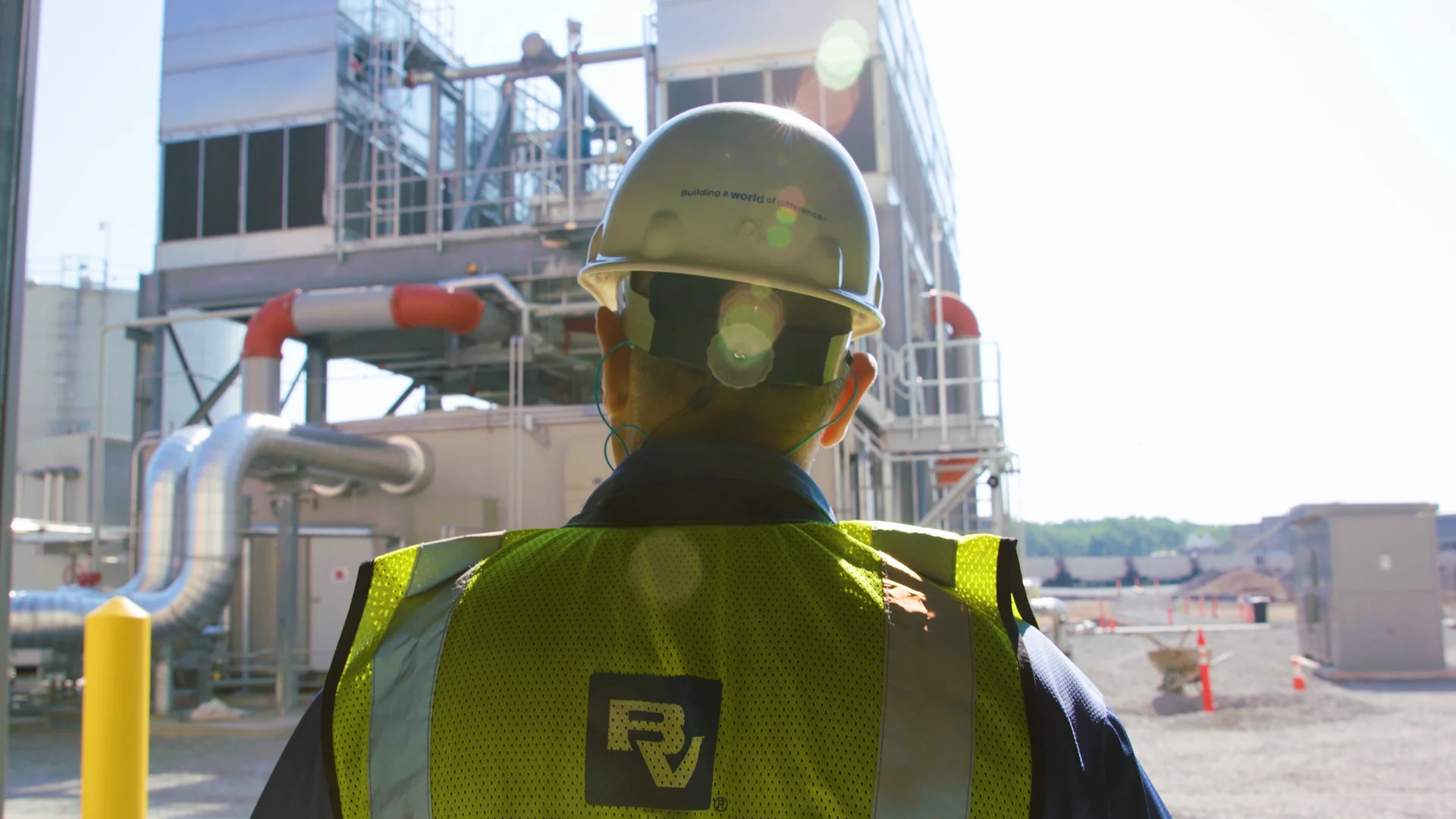Incentivizing Supply, End-Use Applications Will Enable the Transition to Green Hydrogen

As nations around the world strive to meet net-zero carbon emissions goals by 2050, there is no time to waste. And for the power industry, this means making low-cost, low-carbon energy solutions widely available for all consumers. To achieve this, the industry must reduce carbon intensity of operations through methods that are flexible and economically beneficial. In this pursuit, hydrogen will be a leader.
In a clean energy utopia, all hydrogen supplied to the energy sector would be “green.” Unfortunately, the near-term prohibitive costs make this a challenge for many end-users. One way to work toward reaching this goal is for governments and regulatory authorities to incentivize greater production of green hydrogen that shortens the timeline to achieve economies of scale that will lower consumer costs. On the opposite side of that issue, it can be challenging to incentivize hydrogen production without substantial end-use applications to create supplier confidence in demand.
Both ample supply and abundant end-use applications will be necessary for the adoption of hydrogen power on a large scale. Accelerating the timeline for this adoption means reconciling the mutually dependent incentives for the supply and demand side of this emerging market. Ramping up use of blue hydrogen can help get the ball rolling without obstructive costs – i.e., industries can build out hydrogen end-use applications using inexpensive blue hydrogen, while the buildout of green hydrogen production assets parallels this rising demand for hydrogen until it becomes more cost-competitive with other fuel sources.
Green hydrogen is produced through electrolysis powered by renewable, geothermal, or hydroelectric energy. The long-game is to have the majority, if not all hydrogen production to come from green production methods. But in today’s market, green hydrogen is out of reach for many industries because it can be several times as expensive as other fuels. To ensure the cost benefit of green hydrogen, the industry will require major global projects to help scale and lower the price of electrolysis.
Black & Veatch is supporting this effort through projects like Enegix Energy’s Base One facility in Ceará, Brazil, as well as the Intermountain Power Agency’s Intermountain Power Renewal project in Utah. While these and similar projects can scale hydrogen enough to lower cost, the development of end-use applications is critical to incentivizing increased supply. For now, end-use applications will have to rely on blue hydrogen but can be prepared for a transition to green when supply from projects like these is available.
Another cost-effective strategy to building out hydrogen end-use applications is sector coupling, which involves integrating end-users with suppliers. With the flexibility of hydrogen to be utilized across a plethora of industries, including transportation, chemicals, steel, concrete and even food service, there are various combinations for sector coupling that could help achieve economies of scale while boosting utilization and volume.
Luckily, the development of hydrogen does not require a complete, immediate flip. A power plant can start at a 2-percent hydrogen production rate that slowly grows to 100 percent over a decade. More power plants start this process, and hydrogen will scale more quickly. Once the adoption and deployment of hydrogen power picks up, its growth rate will likely increase exponentially.
Black & Veatch’s e-book, Hydrogen 2021: A Roadmap to Net Zero, details the various manners in which hydrogen will be integral to the timely achievement of zero carbon emissions goals. But many of these methods require hydrogen proliferation before they can be put into action.
Incorporating hydrogen as part of a diversified approach to clean energy is necessary since solar, wind or battery energy storage, simply won’t be able to meet forecasted demand for electricity. Also, hydrogen’s versatility and vast range of potential markets means it can achieve economies of scale that will provide economic benefit to industries and communities around the World. This is why it is necessary to develop incentives for the production, storage and distribution of hydrogen: so that countries around the world have a realistic complement to the growing fleet of renewable generation assets as we pursue zero carbon emissions and continue to develop the foundational innovations that will propel the fourth industrial revolution as defined by the World Economic Forum.
Contact Us
Looking for a partner in innovation?
Let's Talk
